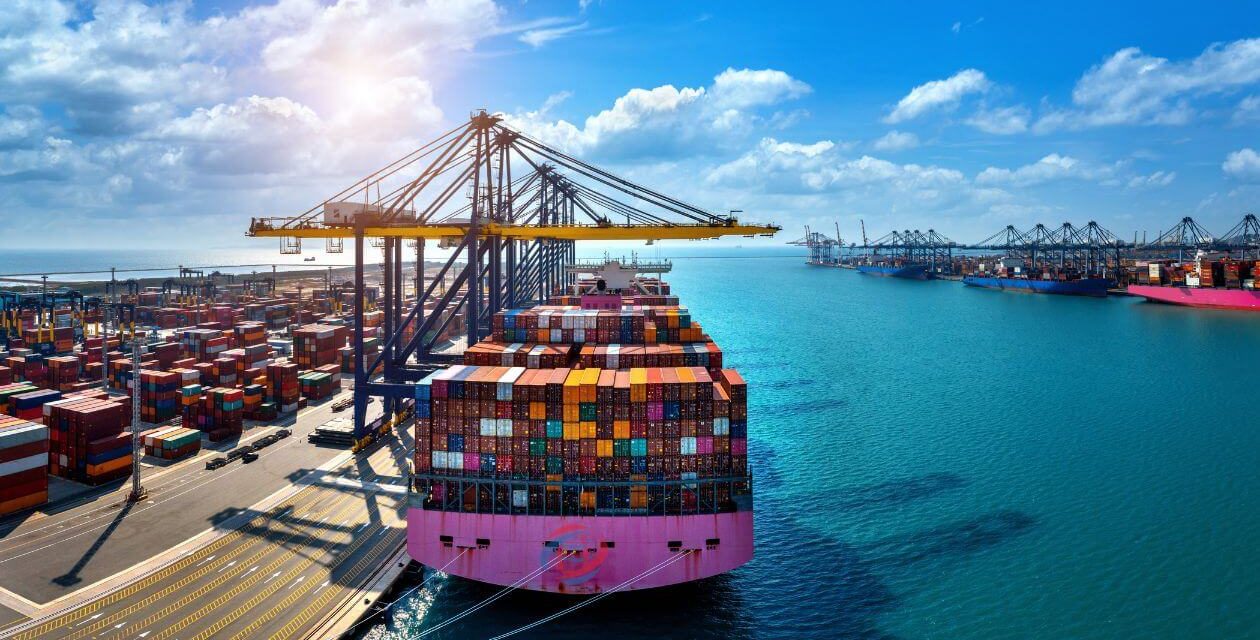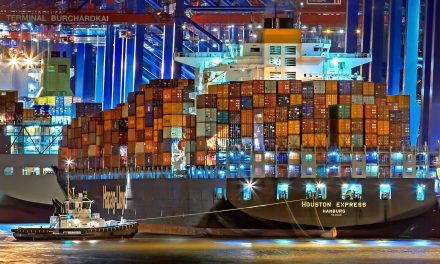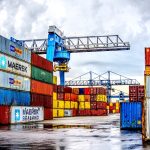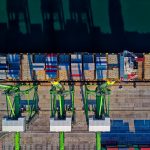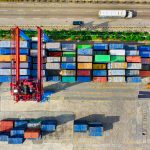Navigating customs regulations can be one of the most challenging aspects of international trade. For new importers, understanding the complexities of customs processes is crucial for ensuring smooth operations and avoiding costly delays. In this comprehensive guide, we will walk you through the essential steps and tips for effectively managing customs regulations and making your import journey as seamless as possible.
1. Understand the Basics of Customs Regulations
Customs regulations are rules set by government authorities to control the import and export of goods. These regulations ensure that goods comply with local laws, safety standards, and trade agreements. Familiarizing yourself with the basic principles of customs regulations is the first step in navigating this complex landscape. Key areas to understand include tariff classifications, import duties, and necessary documentation.
2. Classify Your Goods Correctly
One of the most critical aspects of customs compliance is correctly classifying your goods. The Harmonized System (HS) Code is an international standardized system for classifying traded products. Accurate classification determines the applicable duties, taxes, and regulations for your imports. Misclassification can lead to fines, delays, and additional costs. Consult the Harmonized System Code and ensure you classify your products accurately.
3. Prepare Accurate and Complete Documentation
Proper documentation is essential for smooth customs clearance. Common documents required for import include:
- Commercial Invoice: Details the value, quantity, and description of the goods.
- Bill of Lading: A transport document that acts as a receipt for the shipment.
- Packing List: Provides information on the contents and packaging of the shipment.
- Certificate of Origin: Verifies the origin of the goods.
- Import License: Some goods may require specific licenses or permits.
Ensure that all documents are accurate, complete, and comply with the requirements of the destination country. Missing or incorrect documents can result in delays and additional costs.
4. Understand Import Duties and Taxes
Import duties and taxes are financial charges imposed on goods entering a country. These charges vary based on the HS Code, country of origin, and the value of the goods. Research the specific duties and taxes applicable to your products and factor these costs into your pricing strategy. Keep in mind that duties and taxes can fluctuate, so it’s essential to stay updated on current rates.
5. Comply with Import Restrictions and Regulations
Certain goods may be subject to import restrictions or regulations due to safety, health, or environmental concerns. For example, some items may require special certifications or may be prohibited altogether. Research any restrictions or regulations that apply to your products and ensure that you comply with all requirements before shipping.
6. Work with a Customs Broker
A customs broker is a licensed professional who helps navigate the complexities of customs regulations and facilitates the import process. Working with a customs broker can be particularly beneficial for new importers who may not be familiar with the intricacies of customs procedures. A customs broker can assist with documentation, classification, and compliance, ensuring that your imports clear customs efficiently and in accordance with the law.
7. Stay Informed About Trade Agreements
Trade agreements between countries can impact customs regulations and import duties. These agreements may offer reduced tariffs or other benefits for certain goods. Stay informed about relevant trade agreements and leverage them to optimize your import costs. Understanding these agreements can also help you identify opportunities for cost savings and market expansion.
8. Implement an Efficient Customs Compliance Program
Establishing a robust customs compliance program can help prevent errors and ensure that your import processes run smoothly. Key components of a compliance program include:
- Training: Ensure that your team is knowledgeable about customs regulations and procedures.
- Audits: Regularly review your import processes and documentation for accuracy and compliance.
- Record-Keeping: Maintain detailed records of all import transactions and documentation for auditing purposes.
A well-designed compliance program helps mitigate risks and ensures that you meet all regulatory requirements.
9. Prepare for Customs Inspections
Customs authorities may conduct inspections to verify the accuracy of your documentation and the compliance of your goods. Be prepared for potential inspections by ensuring that your documentation is complete and accurate. Cooperate with customs officials and provide any additional information or documentation they may request. Efficient handling of inspections can help avoid delays and complications.
10. Utilize Technology for Customs Management
Technology can streamline customs management and improve efficiency. Customs management software can automate processes, track shipments, and manage documentation. These tools help ensure compliance, reduce errors, and enhance overall operational efficiency. Invest in technology solutions that align with your needs and support your customs management efforts.
Conclusion
Navigating customs regulations can be daunting for new importers, but understanding the key aspects and implementing effective strategies can simplify the process. By familiarizing yourself with customs regulations, accurately classifying goods, preparing proper documentation, and working with professionals, you can streamline your import operations and avoid common pitfalls. Staying informed and leveraging technology will further enhance your efficiency and compliance in the complex world of international trade.
For assistance with customs regulations and to ensure smooth import processes, contact Omega Shipping Agency at info@omegashippingagency.com or call us at +92-42-35772072-73, +92-321-4477442. Our experienced team is here to support your customs brokerage needs and help you navigate the complexities of international trade.

